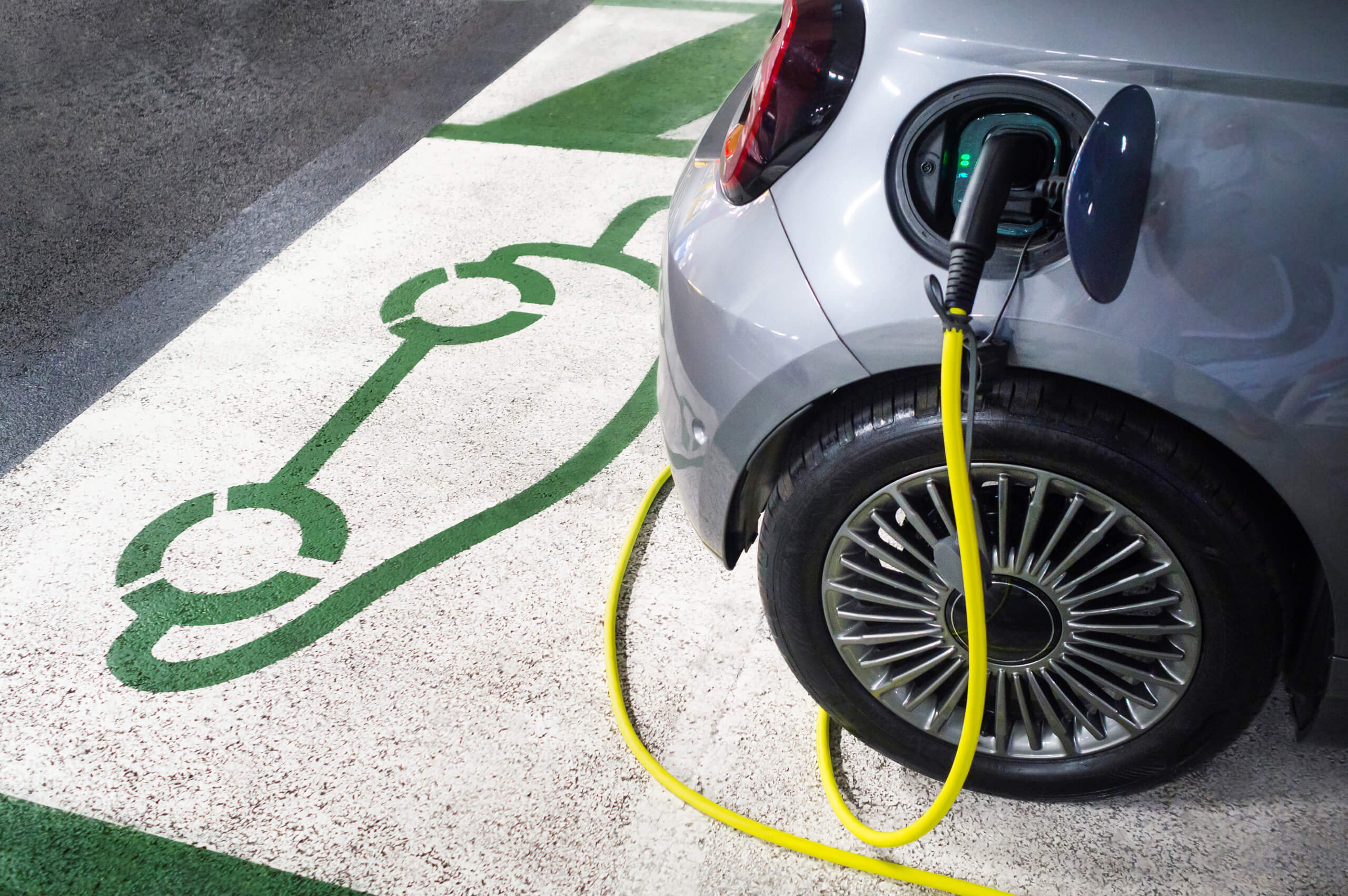As the adoption of electric vehicles grows, charging has become a central topic. Unlike traditional vehicles, electric vehicles require planning for battery charging, which varies depending on the available infrastructure. EV charging can be done at home, work, or public charging points, with various charging modes offering different speeds and power levels: Mode 2 (AC home/industrial charging), Mode 3 (AC public charging), and Mode 4 (DC fast charging). Understanding the differences between these systems can help users choose the best option based on their mobility needs, cost, and desired charging speed.
Mode 2: AC Home/Industrial Charging
Mode 2 is the most common charging mode for home or industrial use. It involves using a portable charger that can connect to a standard electrical outlet (single-phase or three-phase) with a maximum power of 22 kW. The charging cable used has an integrated safety device that protects against overloads and current leaks.
Advantages:
- Convenience: Only requires a power outlet, making charging accessible in any home or industrial setting.
- Cost-Effectiveness: It doesn’t require complex or expensive installations, making this solution particularly economical.
Disadvantages:
- Charging Time: Limited power can prolong charging times, especially for vehicles with large-capacity batteries.
- Limited Efficiency: Charging via a home socket may not fully utilize the vehicle’s capacity compared to more powerful modes.
Mode 3: AC Public Charging
Mode 3 is the primary public AC charging system, enabled by fixed infrastructures like wallboxes and charging stations installed in public areas. These stations are connected directly to the electric grid, providing higher charging power than home charging.
Advantages:
- Faster Charging Times: With higher charging power, charging is quicker than Mode 2.
- Accessibility: Available in public parking areas and other shared spaces, it’s ideal for those without home charging access.
Disadvantages:
- Charging Costs: Public charging can be more expensive than home charging, varying by provider.
- Waiting times: Public charging requires you to leave your car at the station, forcing you to plan waiting time or find activities nearby. This can be uncomfortable, especially if the column is far from useful or interesting places.
Mode 4: DC Fast Charging
Mode 4 represents the fastest and most powerful charging solution for electric vehicles, using direct current (DC) to deliver high-power charging. This system is widely used at fast-charging stations along highways and in some urban areas, allowing partial charging in just minutes.
Advantages:
- Fast Charging: Ideal for those needing to resume driving quickly, with power that can exceed 100 kW.
- Convenience for Long Trips: Perfect for refueling stops during long trips or intercity travel.
Disadvantages:
- High Cost: Generally the most expensive charging mode, best suited for short stops rather than daily use.
- Battery Impact: Frequent use of fast charging can put some stress on the battery, potentially affecting its long-term lifespan.
How to Choose the Right Charging Mode
Choosing the right charging mode depends on various factors, including driving habits, available infrastructure, and costs. For users who mainly drive in the city and cover short distances, Mode 2 home charging is often the most practical and economical solution. Those who travel longer distances or lack home charging access may prefer Mode 3, while Mode 4 is ideal for users needing fast charging, such as for long trips.
Understanding the differences between Mode 2, Mode 3, and Mode 4 helps optimize the driving experience and better plan for charging times and costs. With an increasingly diverse charging landscape, users can now select the solution that best fits their lifestyle, making the transition to electric mobility simpler and more sustainable.
